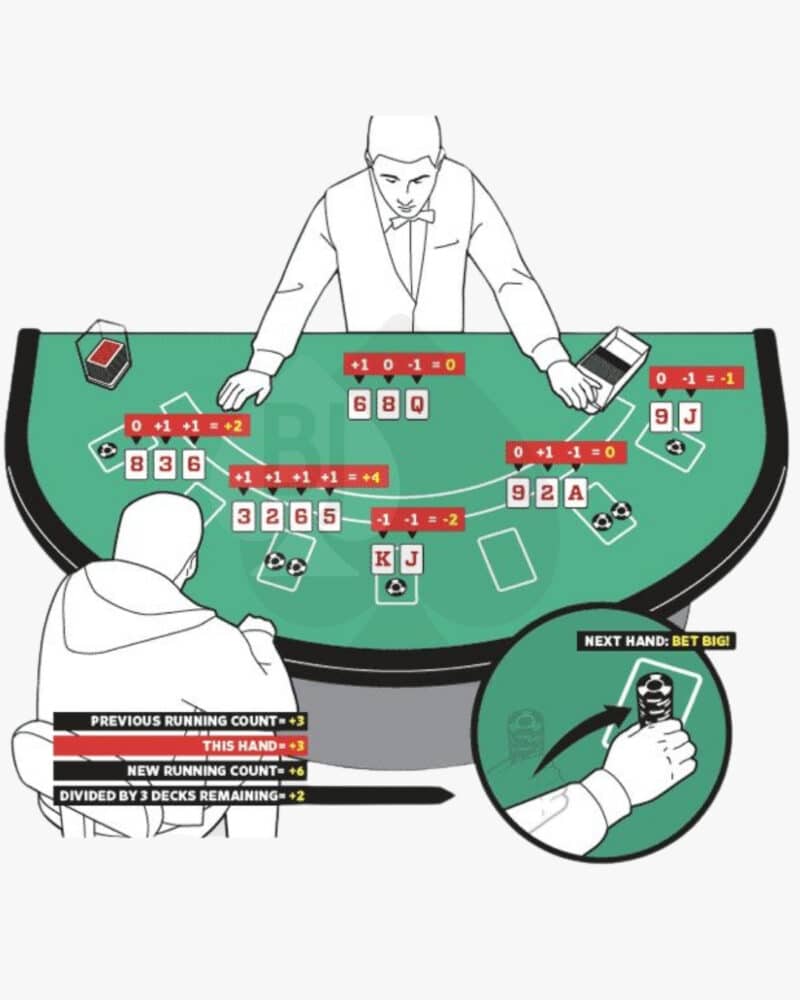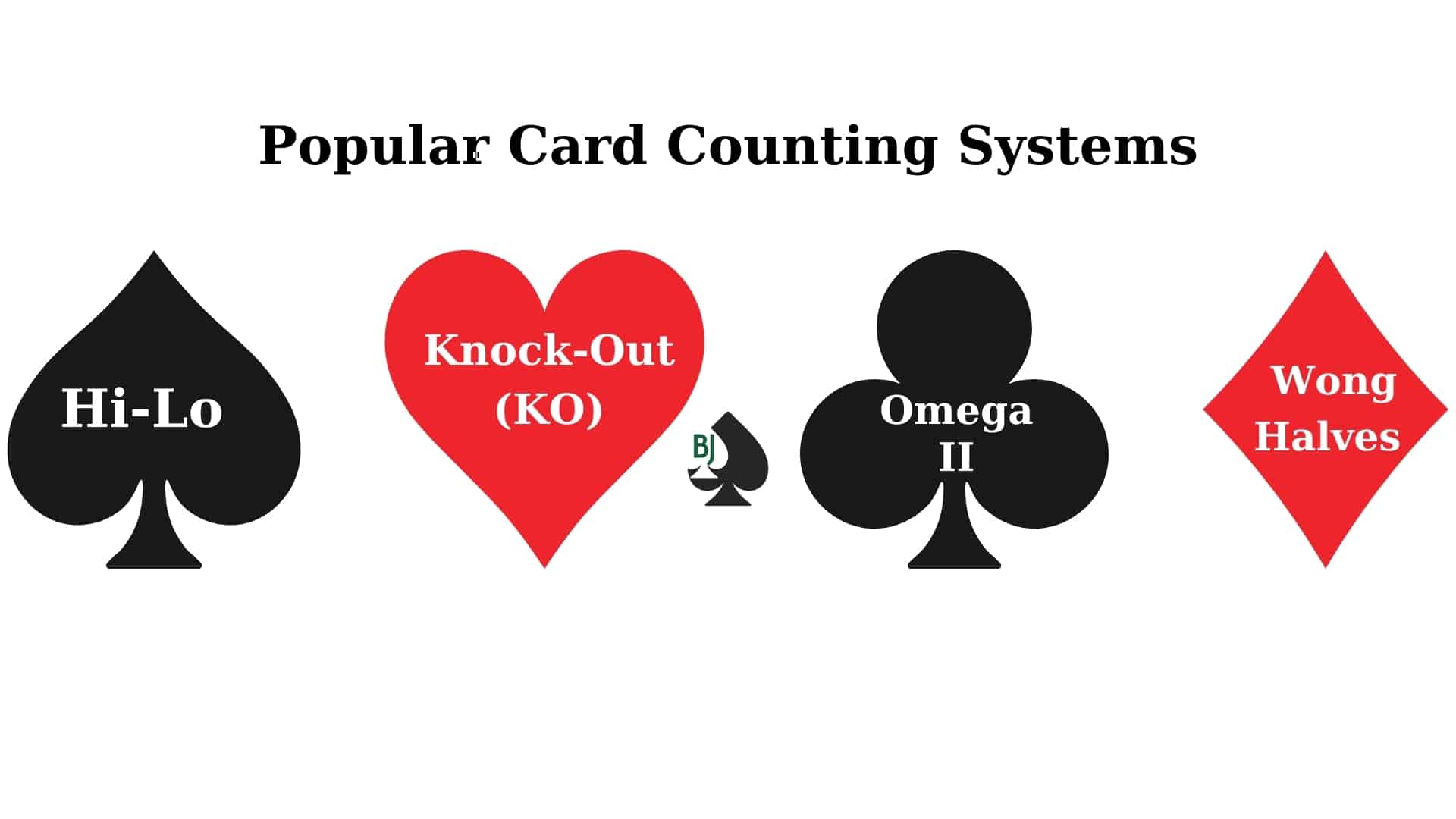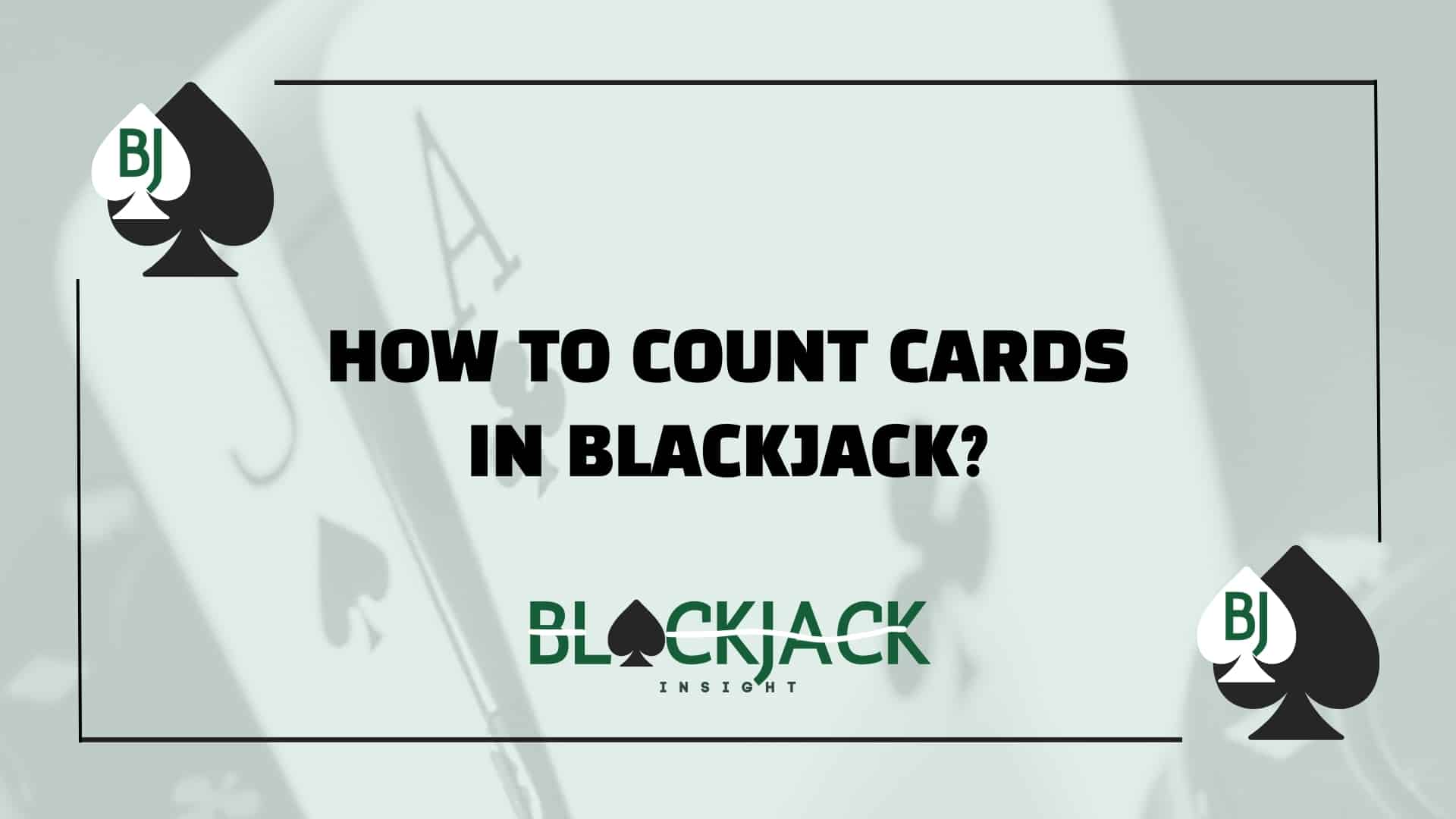How to Count Cards in Blackjack: An In-Depth Tutorial
Table Of Content
No, counting cards in blackjack doesn’t mean you need a photographic memory or need to be a math genius. You don’t have to look like Rain Man, and you definitely don’t need to wear sunglasses and whisper into your sleeve. Trust me, I’ve been in countless blackjack pits—from smoky backrooms to full-blown Vegas tables—and card counting is more about calm focus than showy tricks.
So if you’ve ever wondered how to count cards in blackjack and whether it’s actually doable for regular people (hint: it is), this guide’s for you.

What Is Counting Cards in Blackjack?
In plain terms, counting cards in blackjack is keeping mental track of the ratio between high and low cards left in the shoe (that’s casino talk for the deck holder). Why? Because high cards (like 10s and Aces) are better for the player, and low cards (2 through 6) are better for the dealer. If you know what’s more likely to show up next, you can adjust your bets accordingly.
And no, it’s not illegal. Casinos don’t love it, sure, but you won’t get arrested for having a sharp memory—worst case, they’ll ask you to leave the table. But don’t worry, if you’re subtle and smart, they probably won’t even notice.
Popular Card Counting Systems
Let’s not complicate things—if you’re learning how to count blackjack cards, start with the Hi-Lo system. It’s the most widely used and easiest to learn for beginners. However, you can also learn the Knock-out, Omega II, Wong Halves, and Red Seven Systems to improve your blackjack skills.

Hi-Lo System
Here’s how the Hi-Lo blackjack counting strategy works:
- Cards 2–6: +1
- Cards 7–9: 0
- Cards 10, J, Q, K, A: -1
You start your count at 0 and keep adjusting it with each card you see. So, if you’re dealt a 2 and the dealer has a King showing, your count goes to 0 (you got +1, dealer’s -1).
The idea is simple: when the count is positive, higher cards remain in the deck. That’s your time to raise the bet. Check this to learn more about betting systems.
Knock-Out (KO) System
Not a fan of dividing by deck estimates? No problem. The KO system is perfect for that. It works just like Hi-Lo but skips the true count conversion step.
Here’s the breakdown:
-
Cards 2–7: +1
-
Cards 8–9: 0
-
Cards 10, J, Q, K, A: -1
It’s an unbalanced system, which just means your count won’t end at zero. But hey—less math, still effective. Great for casual counters or beginners who want to keep things simple.
Omega II
Ready for a challenge? The Omega II system gives you more precision by assigning different values to different cards.
Here’s how it looks:
-
2, 3, 7: +1
-
4, 5, 6: +2
-
9: -1
-
10, J, Q, K, A: -2
-
8: 0
It’s more detailed, which means more accurate betting decisions—but also a lot more mental math. This one’s for players who are serious about squeezing every edge.
Wong Halves
Named after blackjack legend Stanford Wong, this system is for serious players only. It’s one of the most accurate counting systems—but yeah, it’s a bit of a brain workout.
-
2, 3, 7: +0.5
-
4, 5, 6: +1
-
9: -0.5
-
10, J, Q, K, A: -1
-
8: 0
It’s a balanced system and requires converting to a true count. If you’re comfortable doing half-point math at the table, you’ll love the edge it gives you.
Red Seven System
This one’s a cool hybrid. Red Seven is a step up from KO and a little more accurate. It treats red sevens differently from black ones—yep, color matters here.
-
Cards 2–6: +1
-
Red 7s: +1
-
Black 7s: 0
-
Cards 8–9: 0
-
Cards 10, J, Q, K, A: -1
Like KO, this system doesn’t require converting to a true count, which keeps things streamlined.
Running Count vs. True Count
- Running Count: The ongoing tally of +1, –1, or 0 while cards are dealt.
- True Count: The Running Count is adjusted for the number of decks still in play. A +4 in a single-deck game is very different from a +4 in a six-deck shoe.
Now, here’s the catch—most casinos use multiple decks, not just one. That’s where the true count comes in. You take your running count and divide it by the number of decks still in play. For example, if the running count is +8 and there are 4 decks left, your true count is +2.
Why does this matter? Because a +2 count in a single-deck game is way more powerful than a +2 in a six-deck shoe. Always calculate the true count before making big decisions.
Blackjack Card Counting Practice Tips
Now, counting cards in blackjack isn’t hard, but it takes practice—a lot of it. The best way to get started? Grab a deck at home and run through it while keeping count. When you finish the whole deck, your running count should be zero. If not, start again. That’s your training.
Want to take it up a notch?
Use a blackjack counting trainer app or a blackjack simulator card counting tool online. Many free apps mimic real-deck speed so you can practice like you’re at an actual table. The goal is to count a deck accurately in under 30 seconds.
Does Card Counting Work in Online Blackjack?
This is one of the most asked questions—and here’s the truth. If you’re playing online blackjack with a live dealer and the cards aren’t reshuffled every hand, yes, you can count. But most automated or RNG (random number generator) games shuffle the virtual deck every hand. That makes counting useless.
So, can you count cards in online blackjack? Only if it’s live-dealt and the shoe isn’t reset each round. Otherwise, skip it.
What Does It Tell Us?
You’ve tracked the count. You’ve figured out the true count. Now comes the fun part: betting. As a general rule:
- True count +2 or higher? Start raising your bets.
- Negative count? Bet the table minimum or take a bathroom break.
A friend of mine once hit a +6 true count on a six-deck game. He ramped up his bets, doubled down when the count screamed “go,” and walked out with enough to cover rent and then some. The point? Timing your bets is everything in blackjack card counting.
FAQs
1. Is card counting illegal?
Generally, no. Casinos can still ban you if they think you’re counting, as they want to protect their bottom line.
2. Do I need to be a math genius to count cards?
Not really. Most systems use simple addition and subtraction. Consistent practice is what truly counts.
3. What’s the best system for beginners?
Hi-Lo is often recommended. It’s relatively simple to learn and offers a solid advantage if applied properly.
4. Can I practice without risking real money?
Absolutely. Practice at home with a deck of cards or use training software. Some people time themselves while running through an entire deck.
5. Why do I need a True Count if I already have a Running Count?
The True Count factors in how many decks remain, giving a more accurate picture of the card composition.
6. Can I get banned for counting cards?
Casinos can refuse service to anyone they suspect of advantage play, including counting. It’s their house, so they should have their rules.
7. How many decks make counting cards harder?
More decks = harder to count. Single-deck games are best, but most casinos use 6 to 8 decks, which is where true count comes in.
8. Can you really win by counting cards in blackjack?
Yes, over the long run. It doesn’t guarantee wins every session, but it gives you a small mathematical edge, which is huge in the gambling world.



